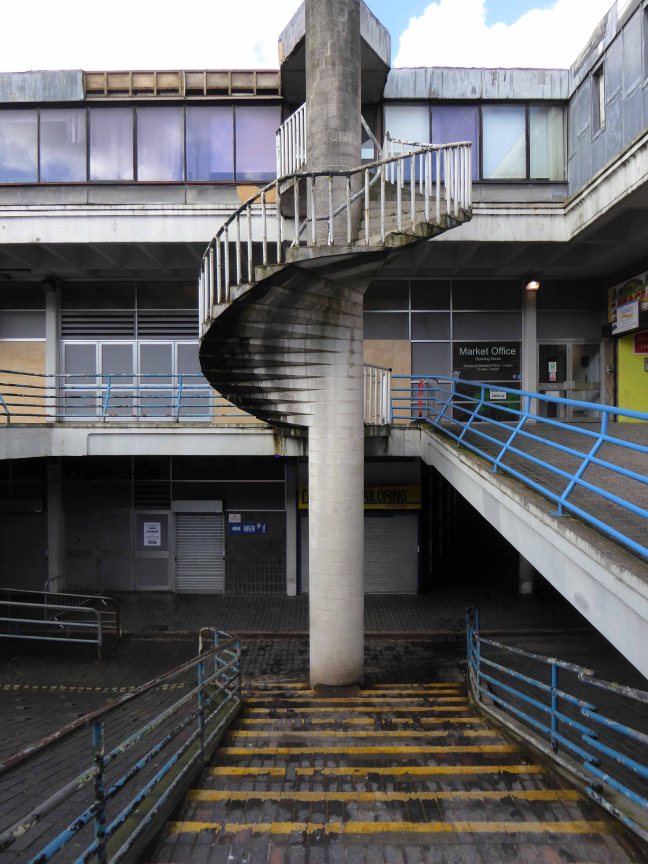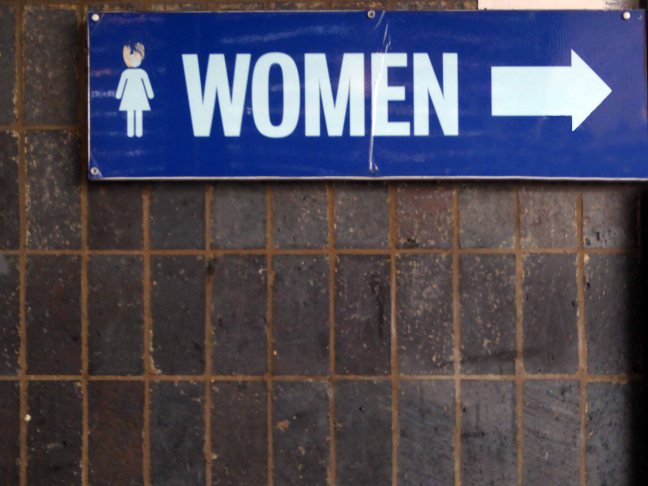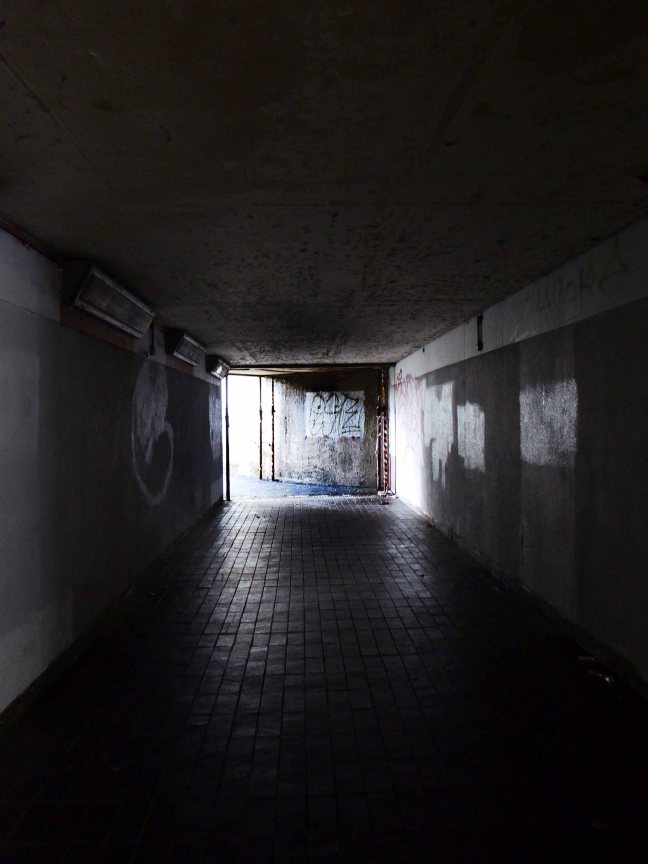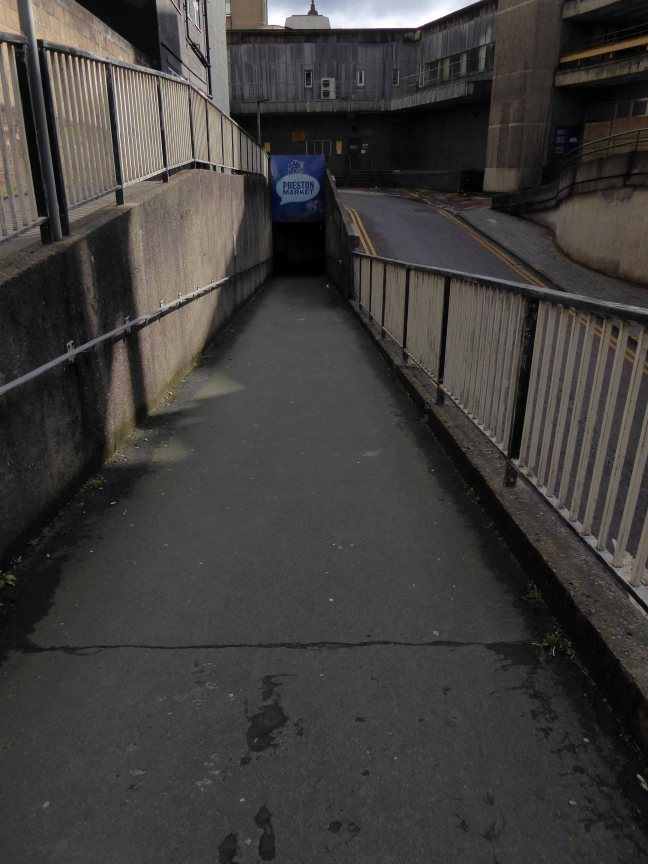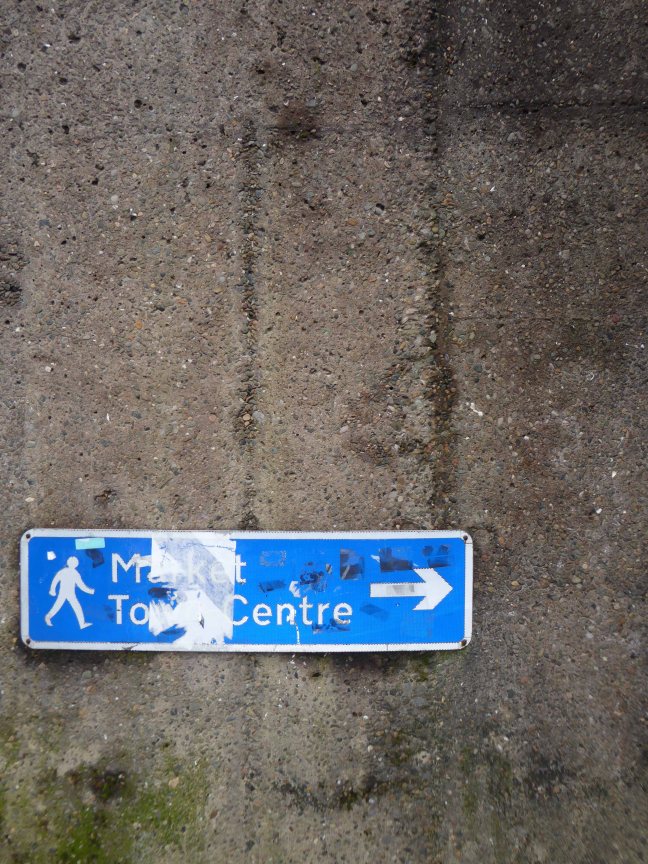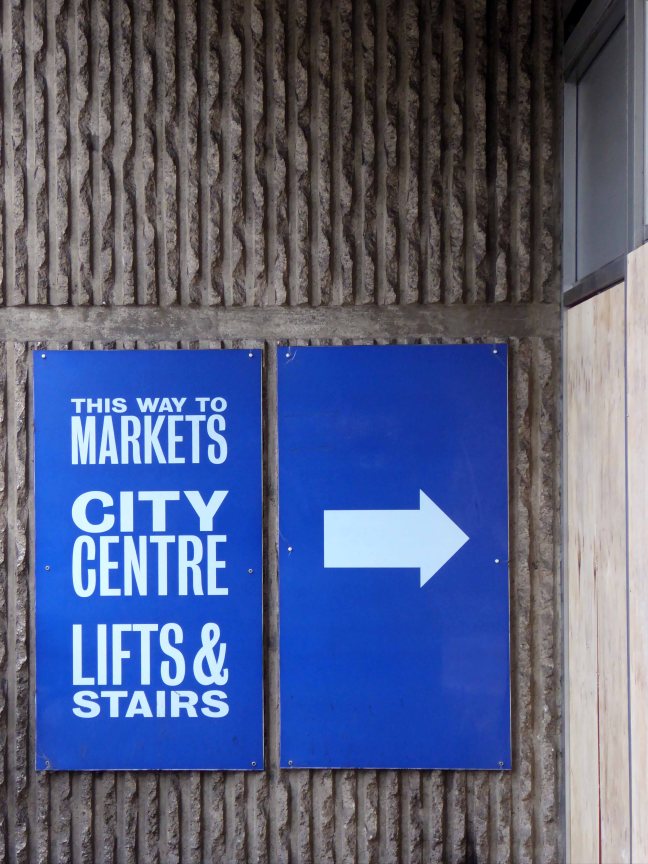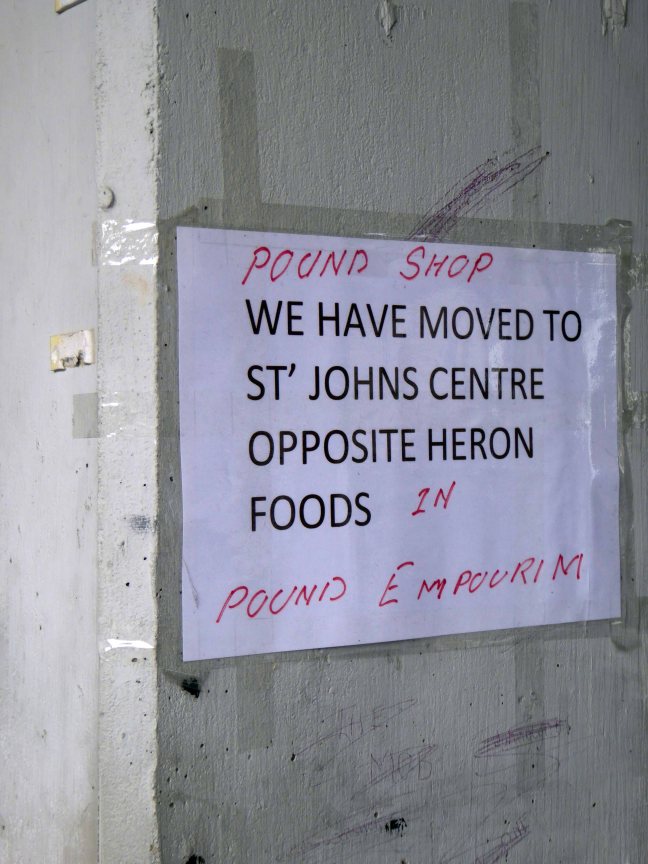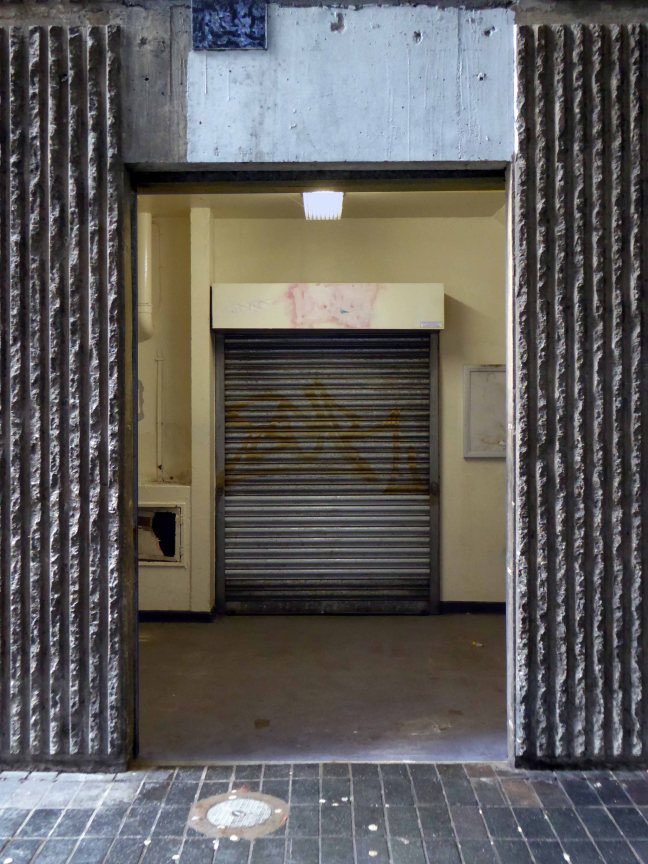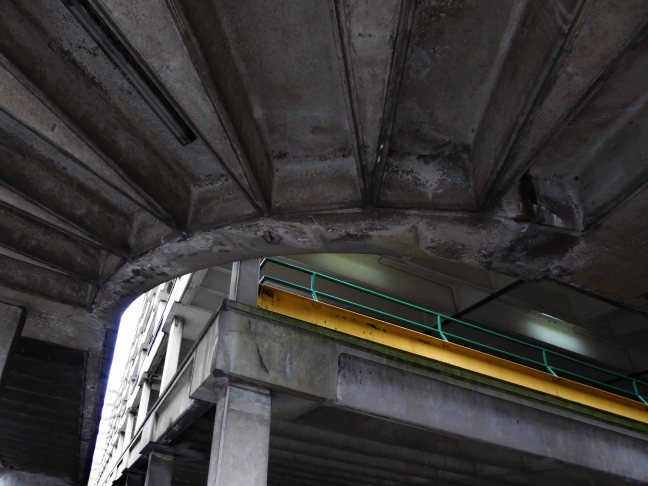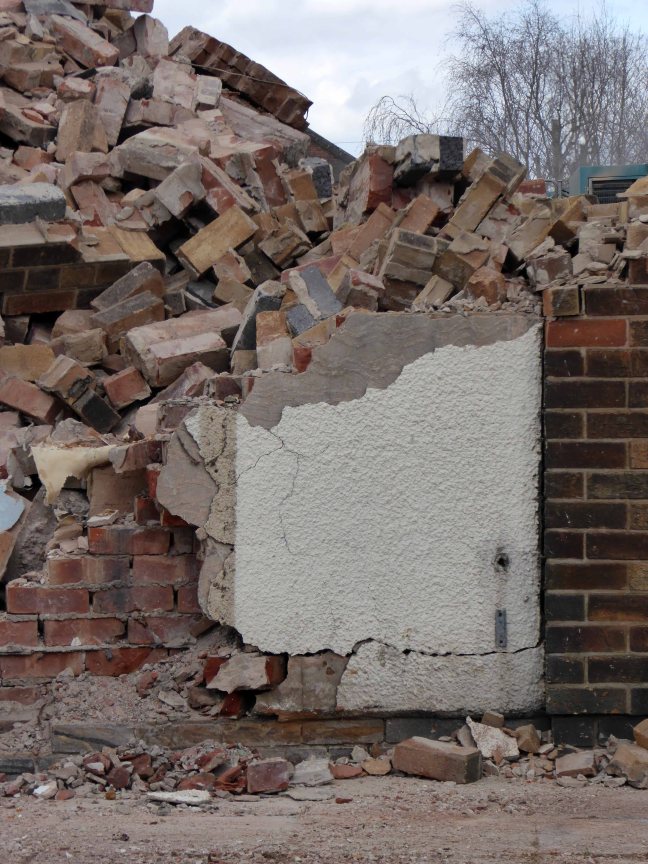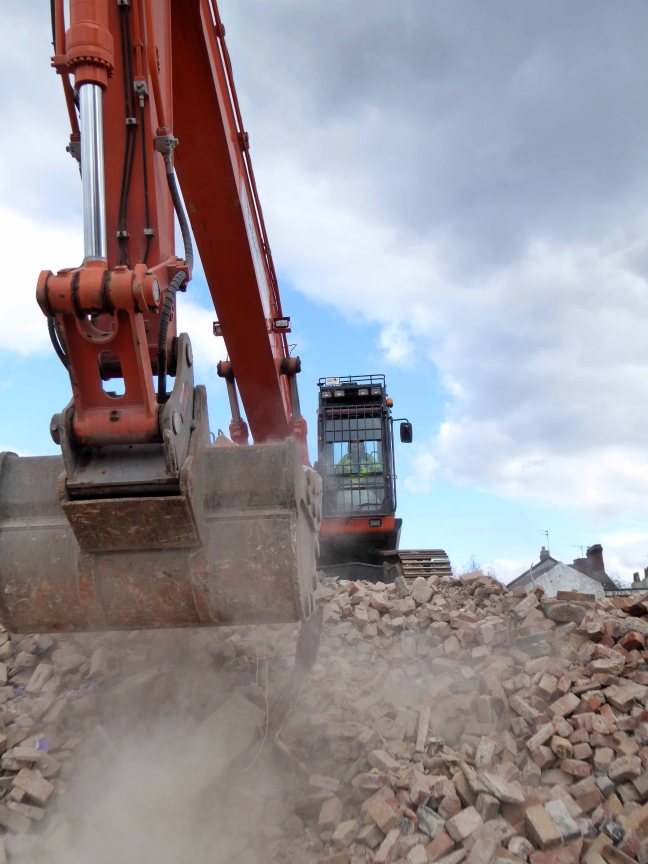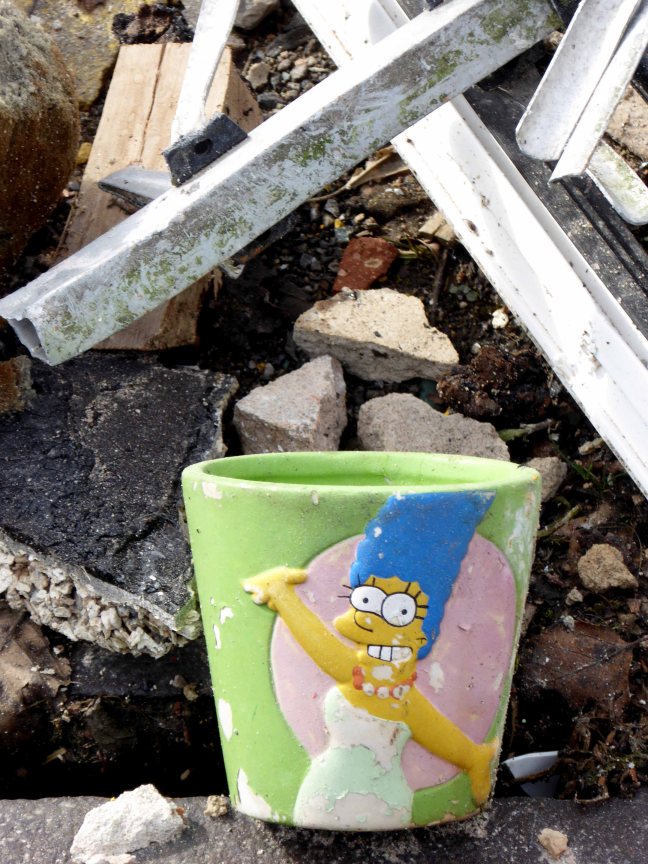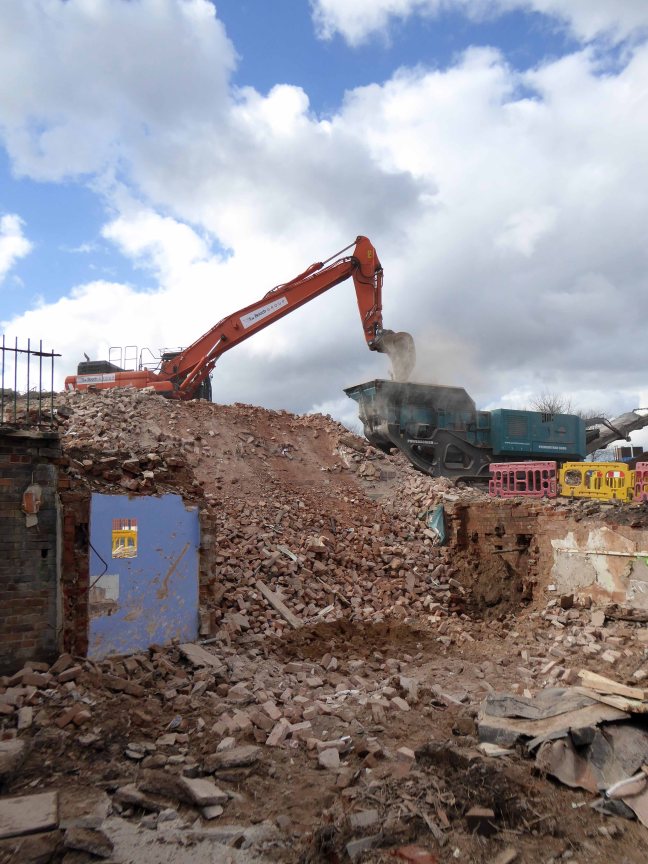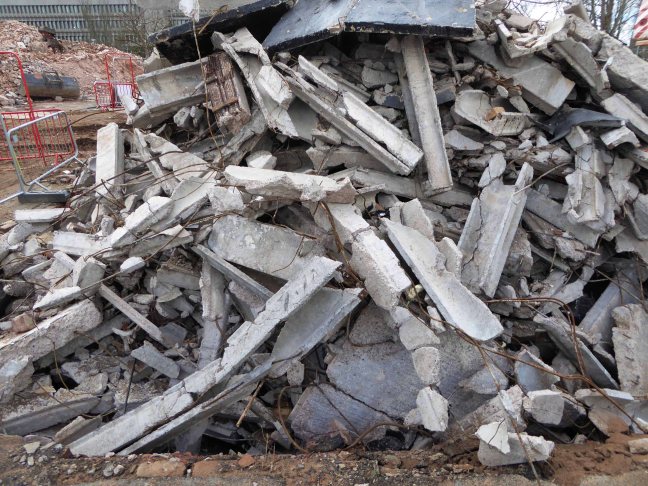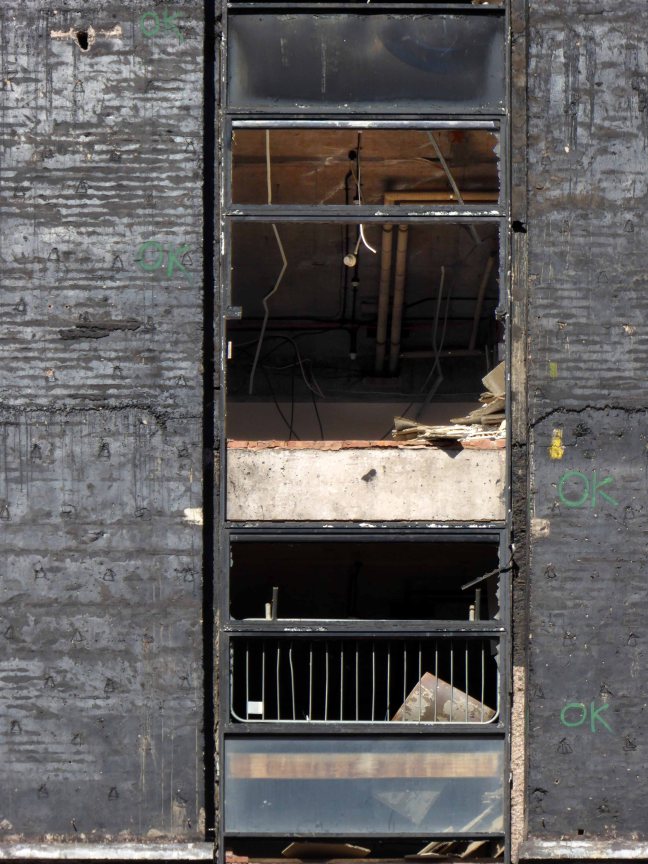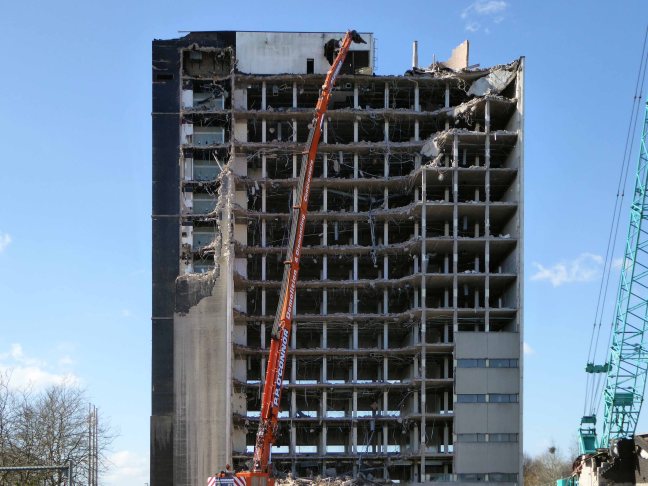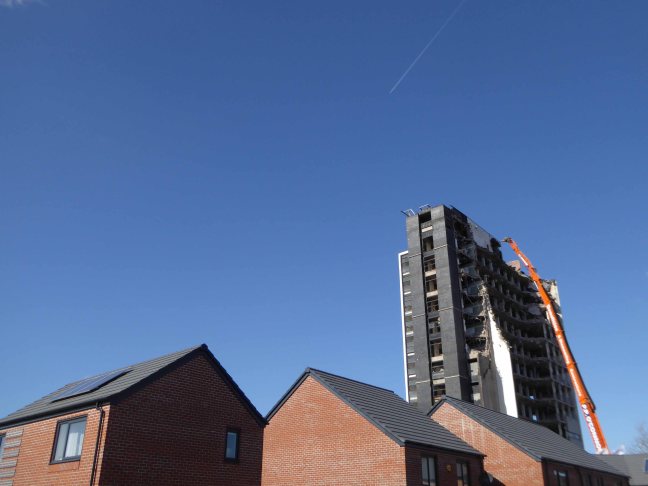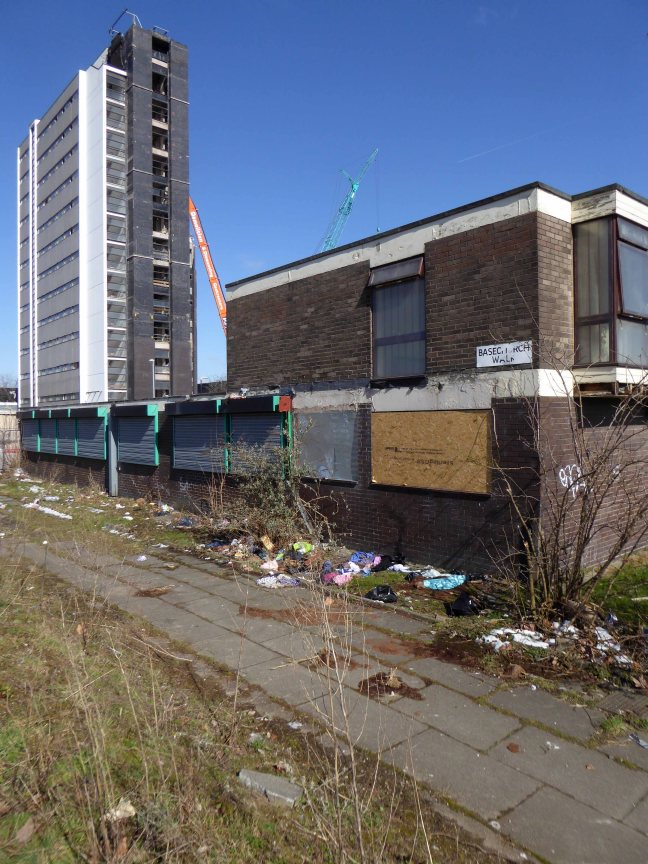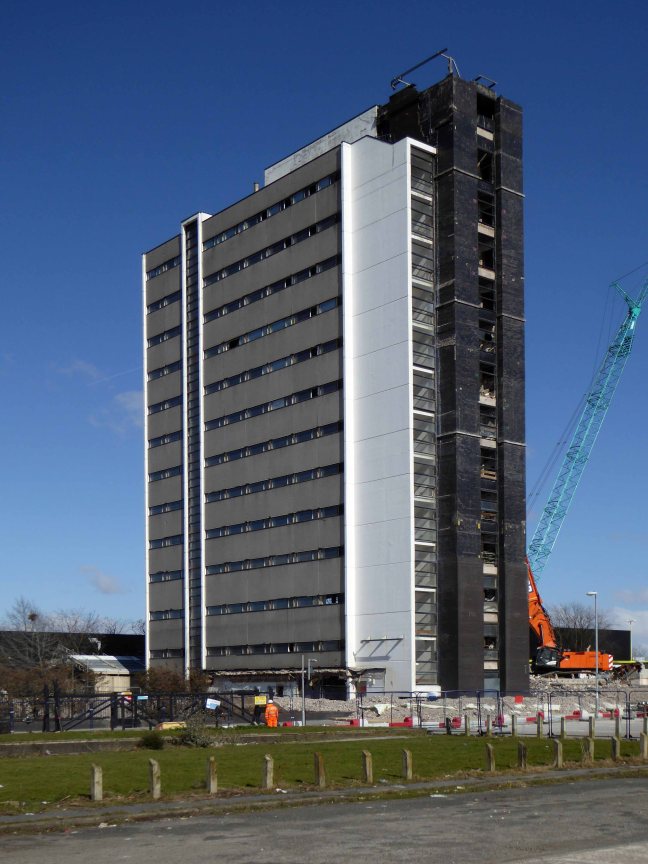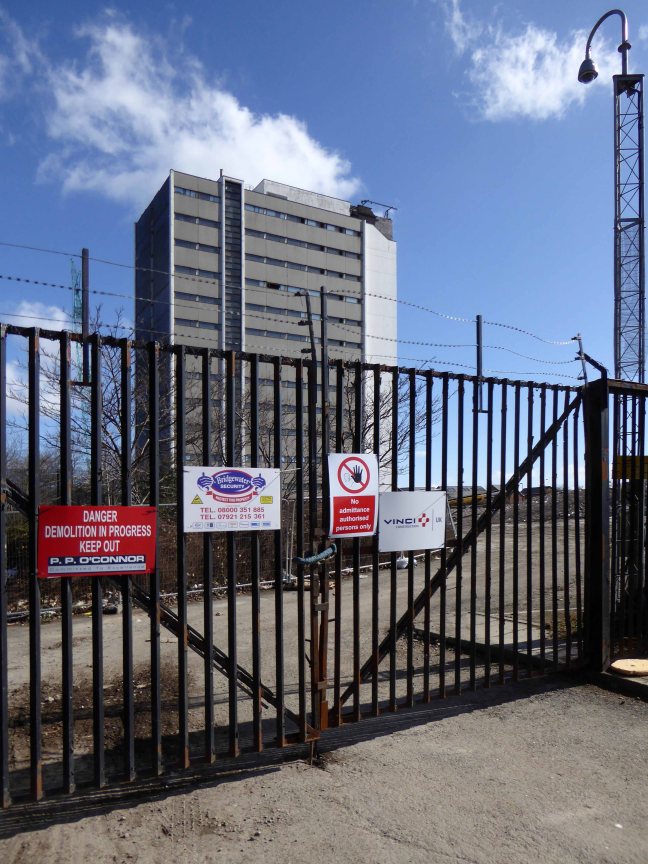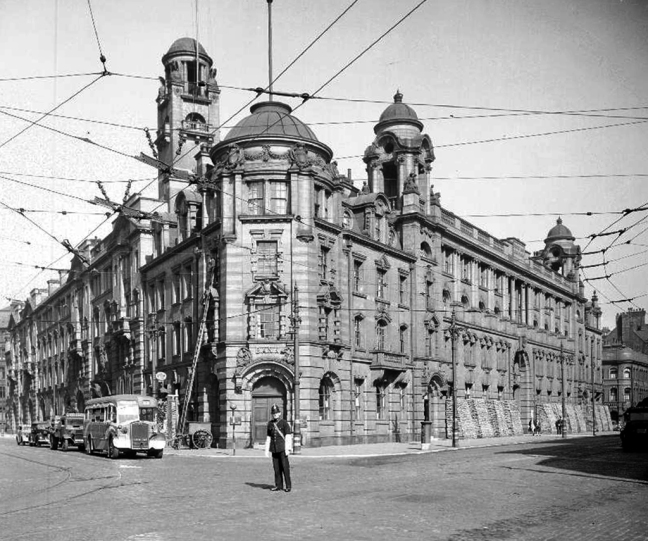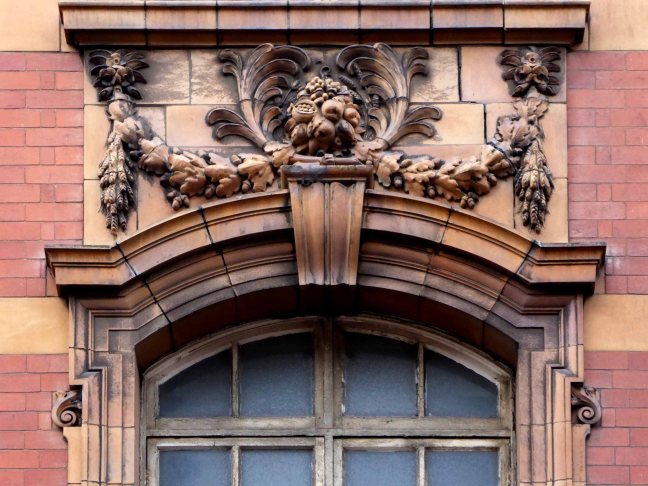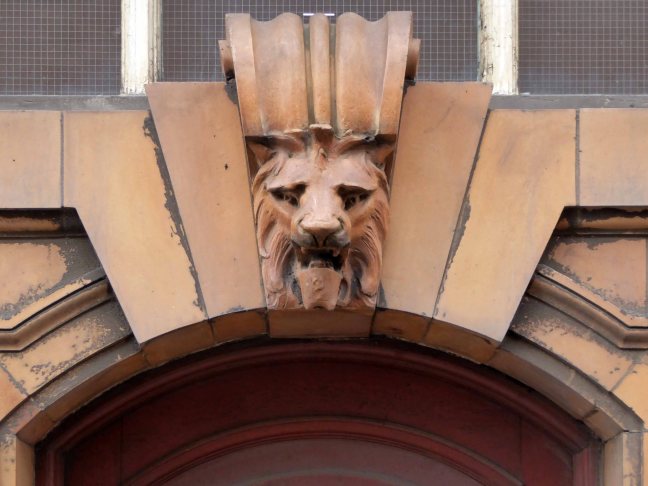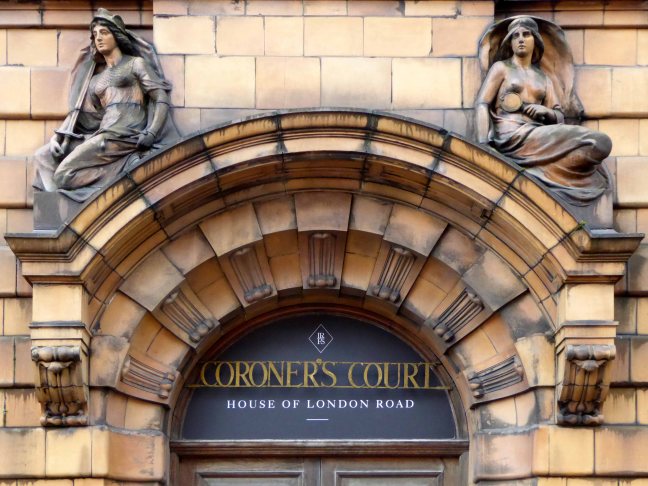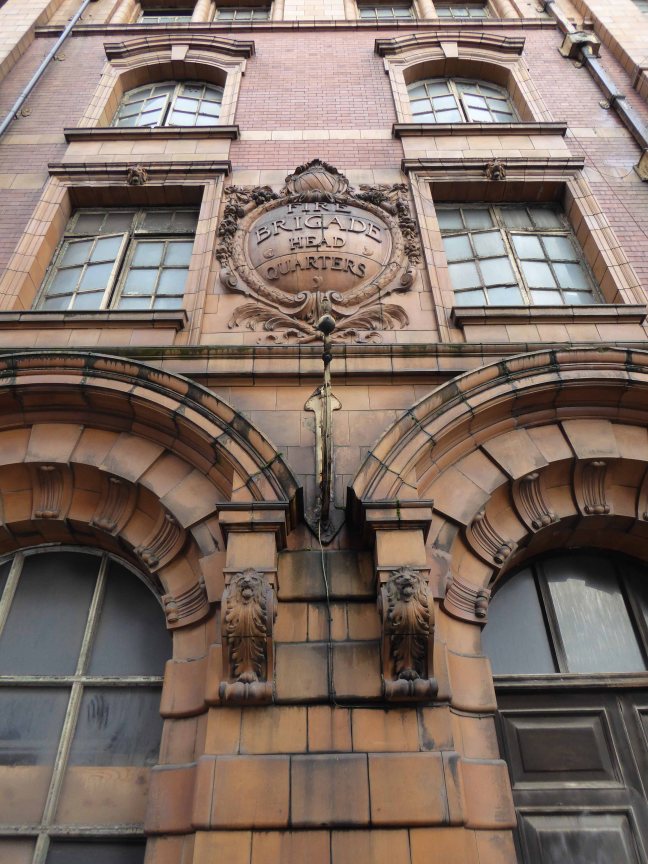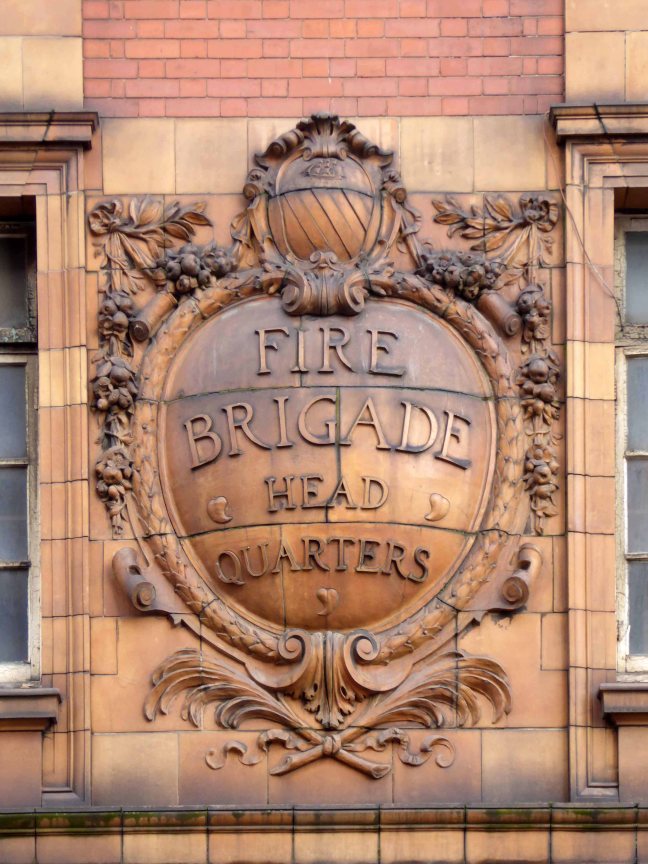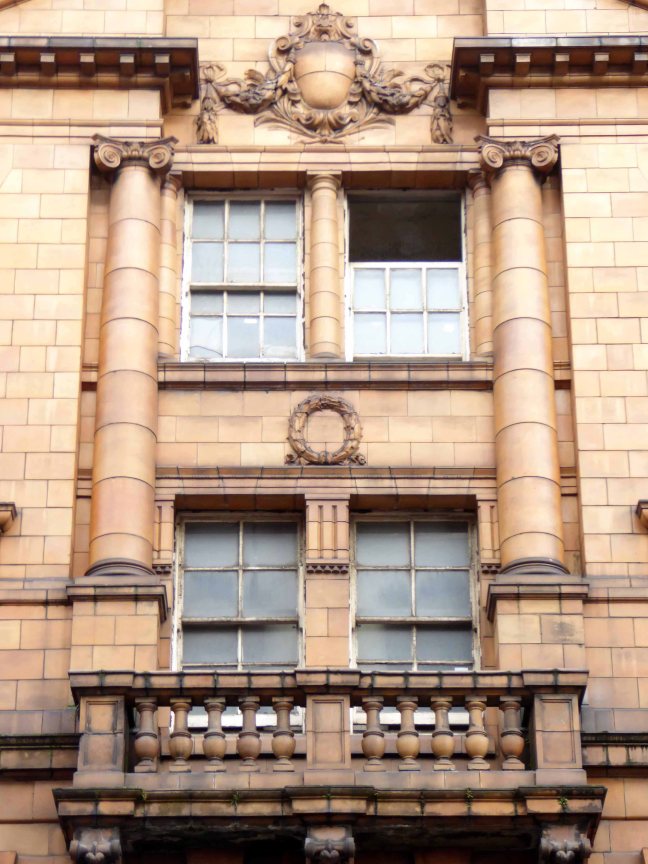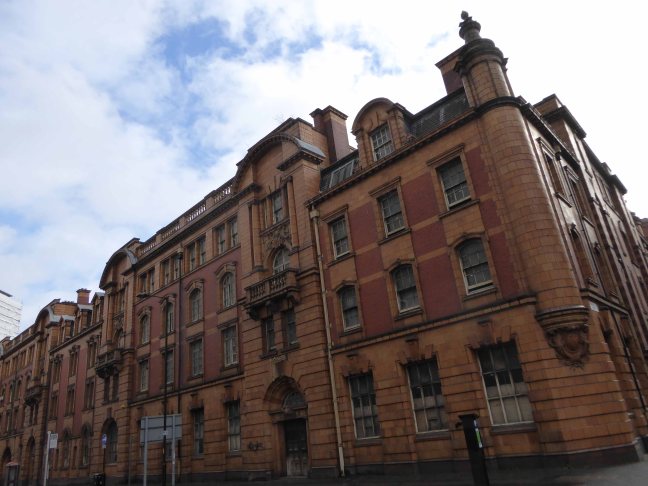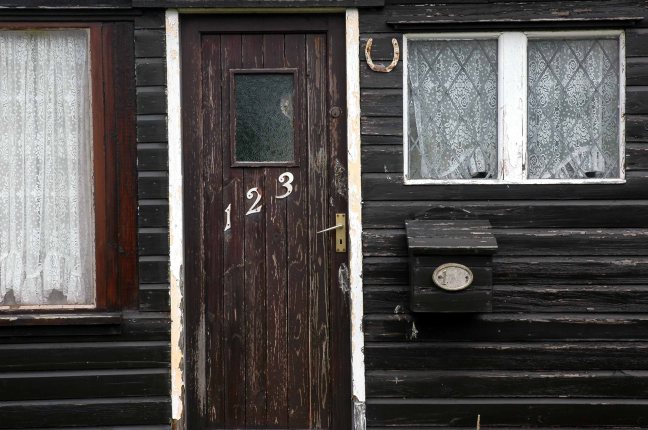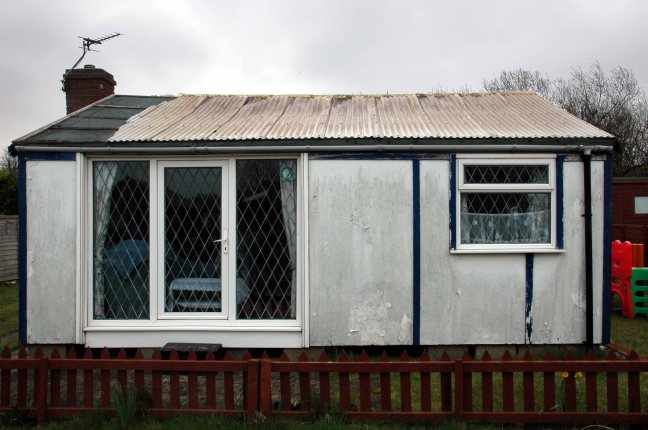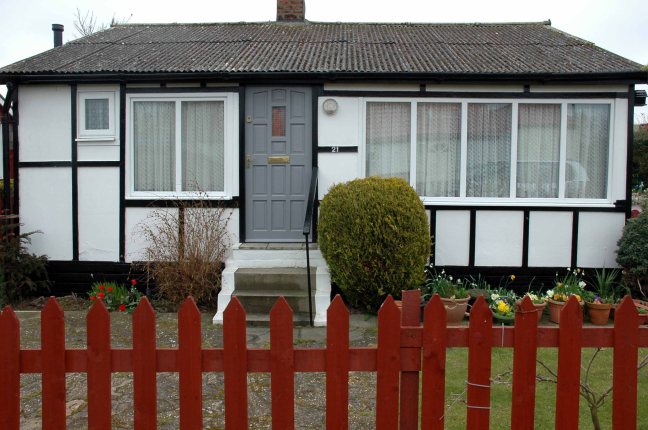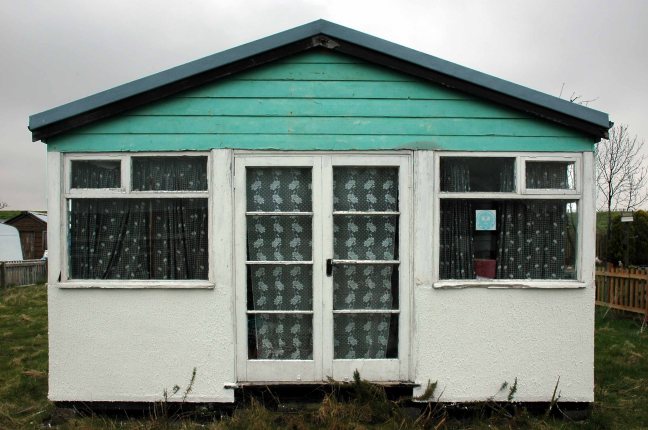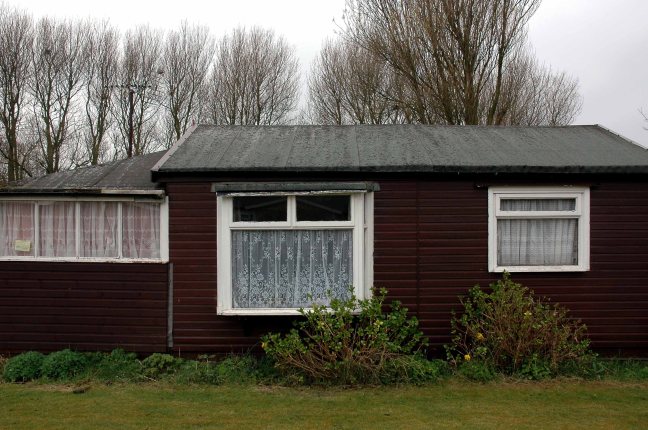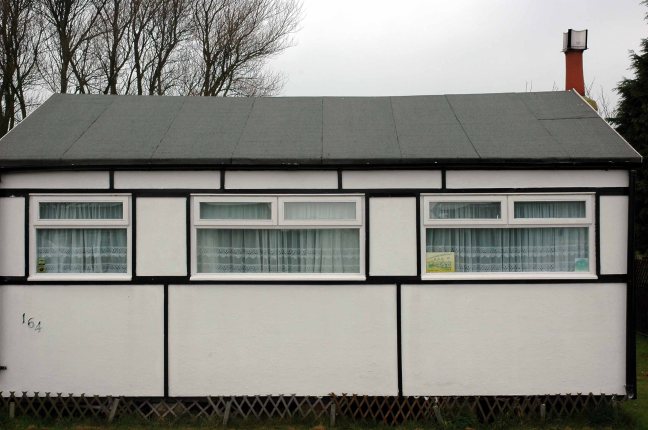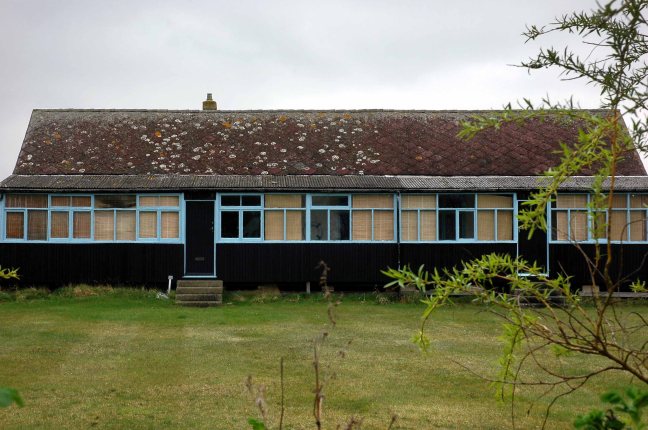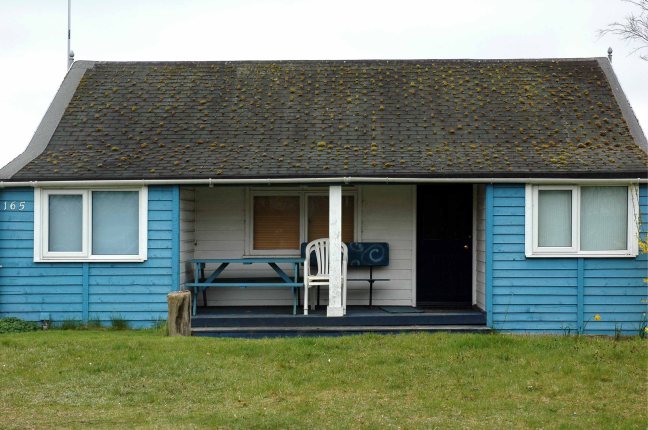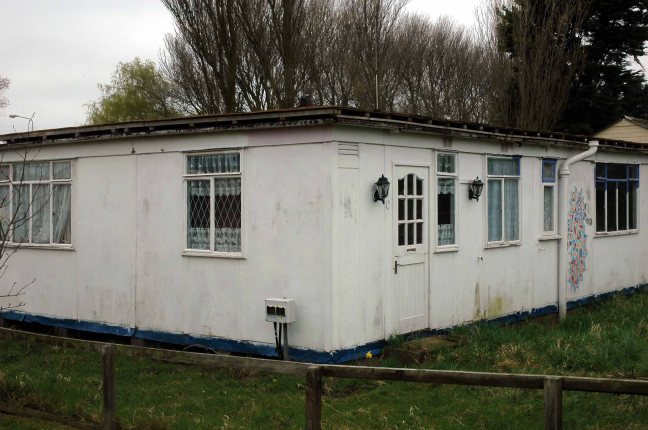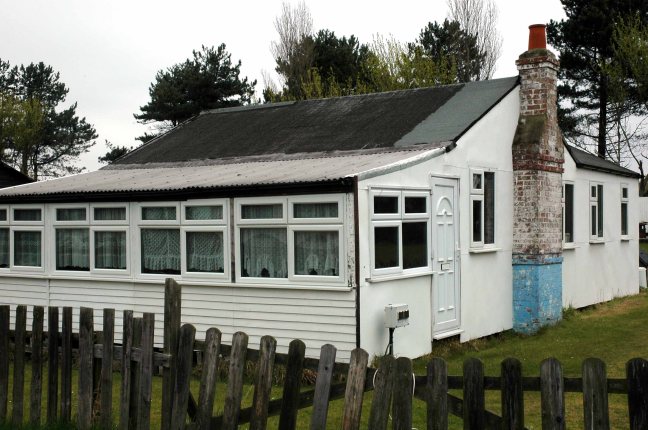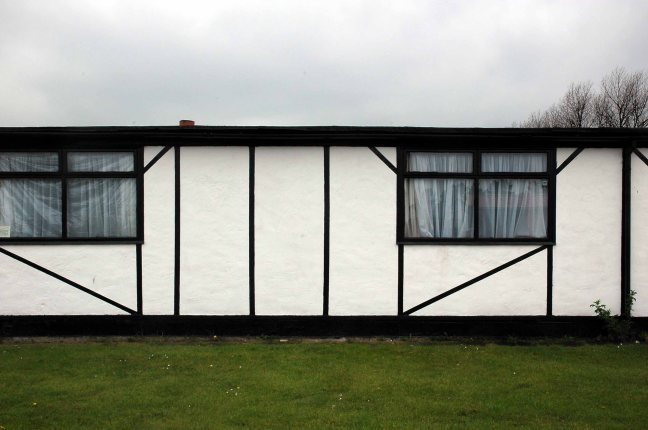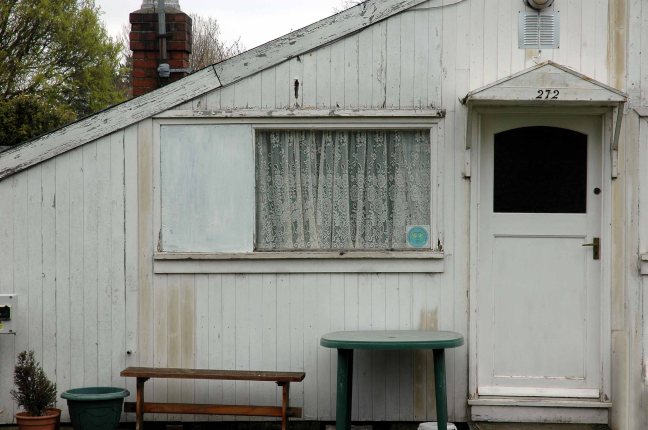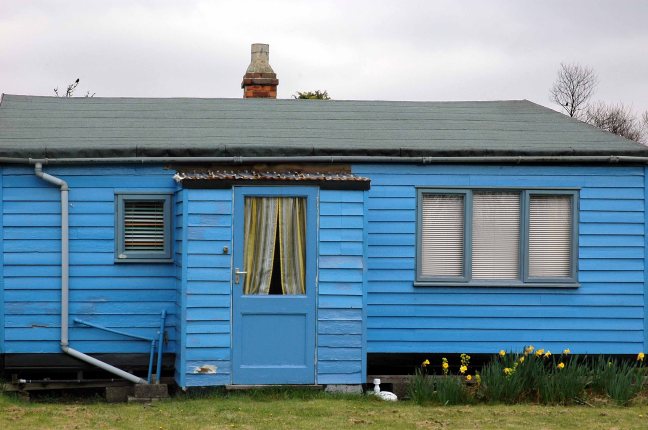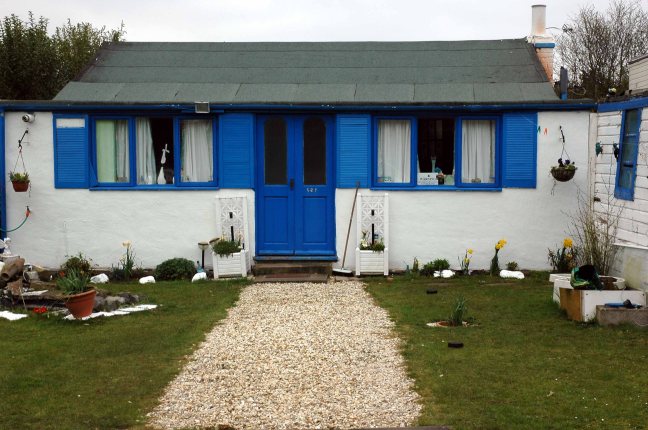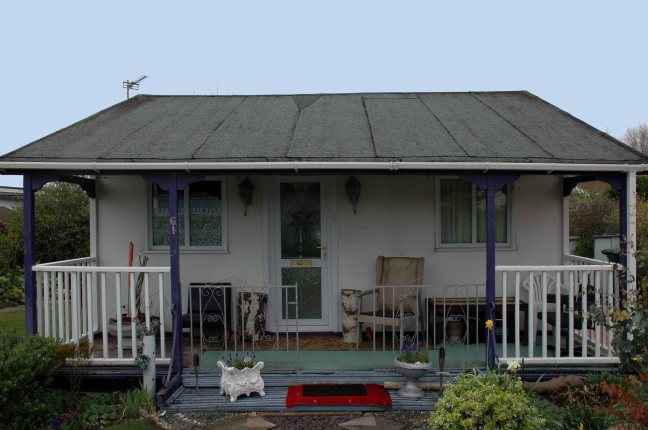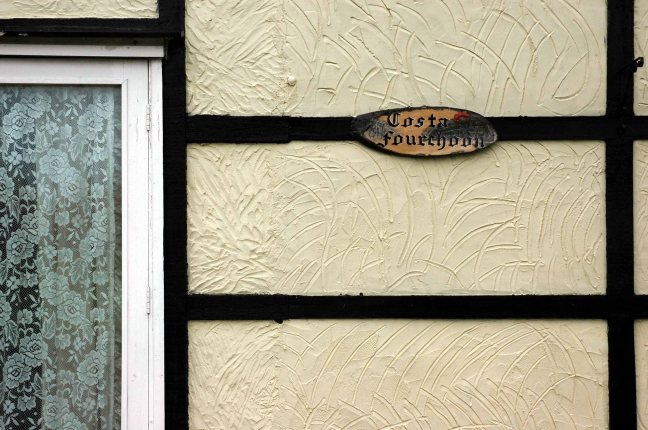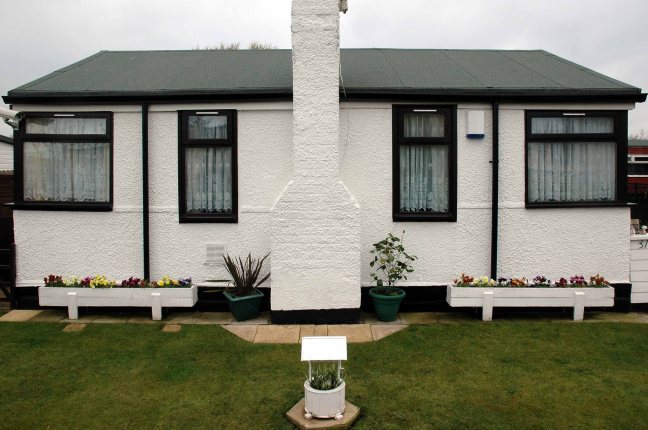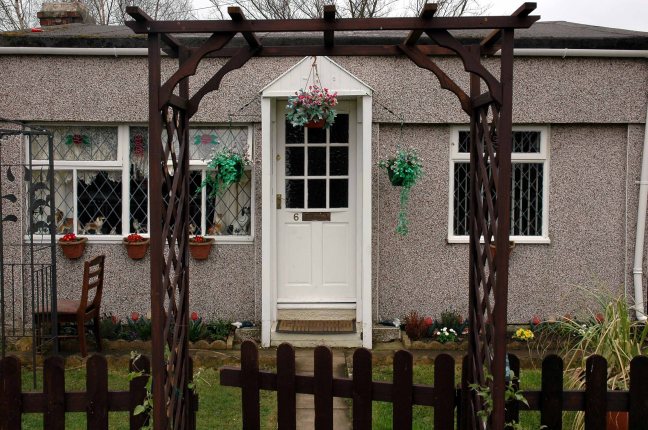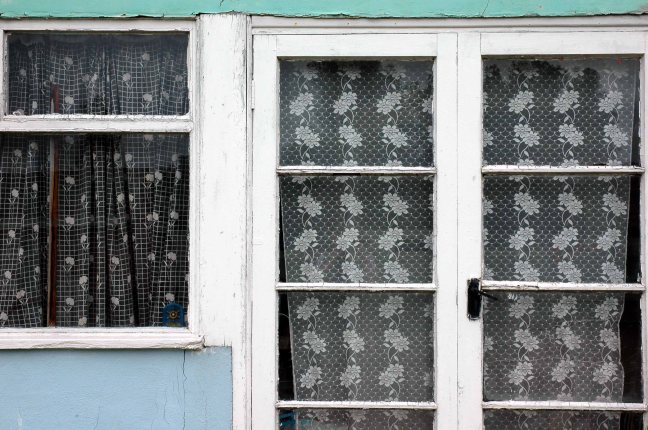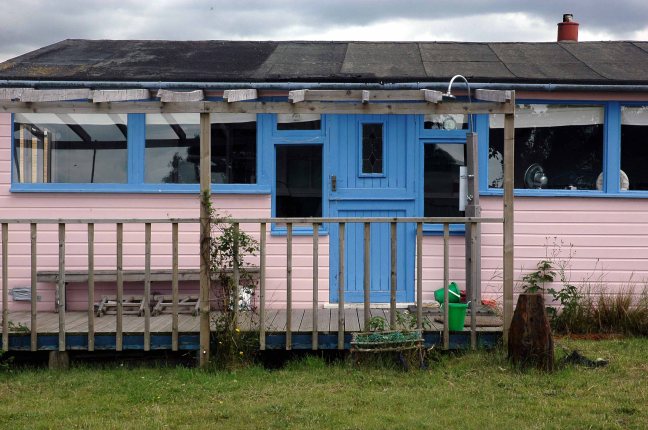I was brought up with Sixties’ shopping precincts and centres, they are so very dear to my heart, I spent my teenage years here in Ashton, Stalybridge, and latterly in Stockport’s Merseyway.
I’ve visited Hanley, Preston, Salford, and Coventry in search of a certain something – that exciting sweeping swoop of concrete, brick, glass and steel. Underpasses with overarching designs and luxurious layouts of leisurely interlocking levels. Each one different in a different way yet essentially similar – embodying a sense of civic pride, a sense of the future realised.
1571 – The Royal Exchange, a trading market in the City of London, is officially opened by Elizabeth I. Above the open-air piazza where dealers buy and sell commodities, there is a two-storey shopping mall, with 100 different kiosks – making it Britain’s first shopping centre.
1964 – It was a monument to provincial pride in reinforced concrete and glass. When the Duke of Edinburgh opened the Birmingham Bull Ring in May 1964, it was the largest indoor shopping centre in Europe, with a total floor area of 23 acres. Inspired by American suburban malls, the Bull Ring promised coatless shopping in an air-conditioned, temperature-controlled hall maintained at late-spring level.

2017 – Many are now no more, or redeveloped beyond recognition. The integrity of the architecture, street furniture, public art, space and usage a thing of folk memory.
So come with me now on a whirlwind picture postcard tour of this Nation’s saving grace – it’s modernist shopping spaces.

Aberdeen
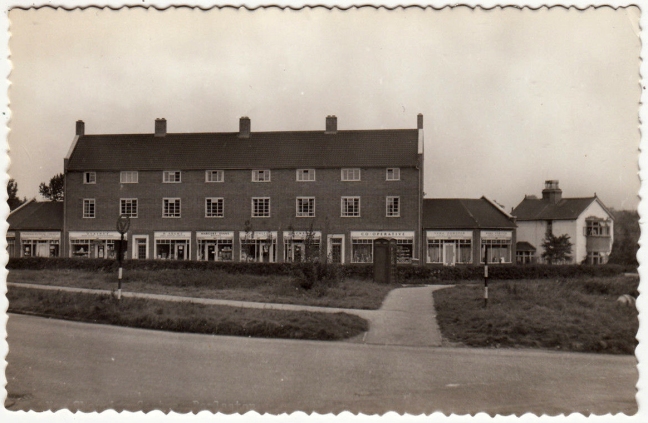
Barlaston

Bedford

Bracknell

Brentwood
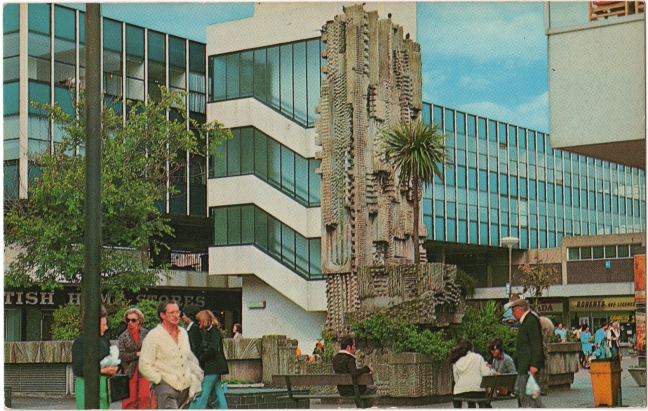
Brighton

Burton on Trent
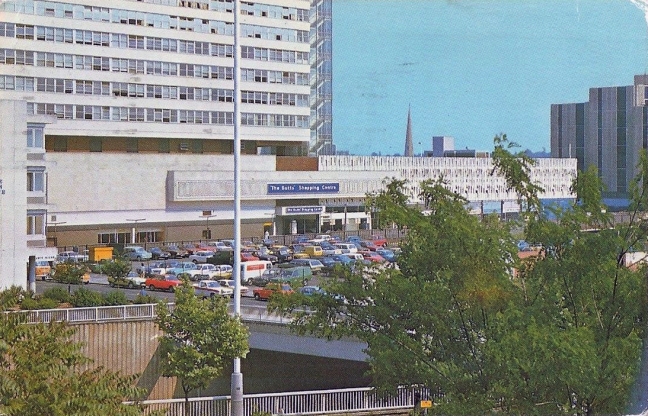
Butts – Reading

Chelmsford

Corby



Coventry
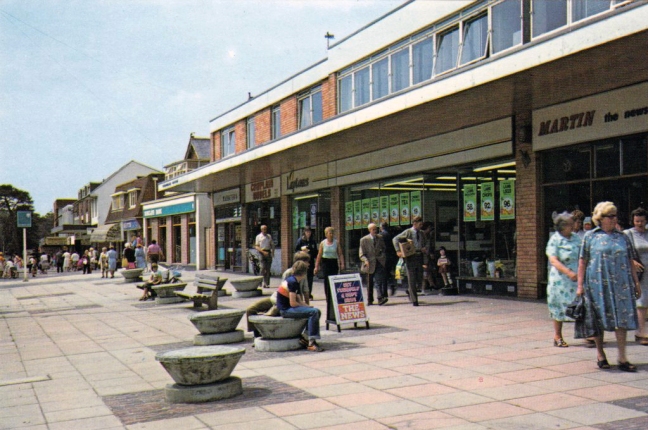
Cowplain

Crawley
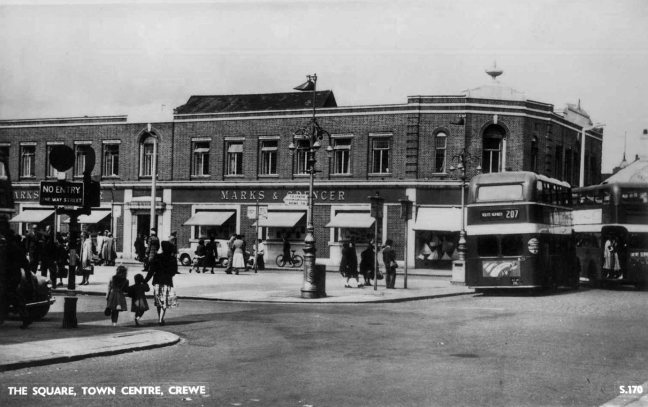
Crewe

Croydon
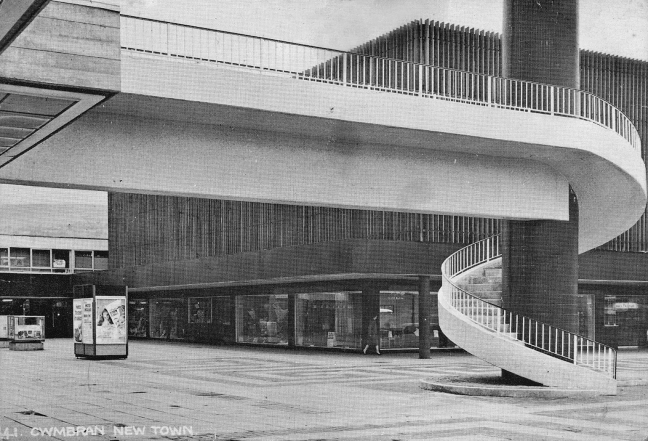
Cwmbran

Dudley

Elephant and Castle

Great Yarmouth

Hanley

Harlow

Hartlepool

Hebburn

Immingham
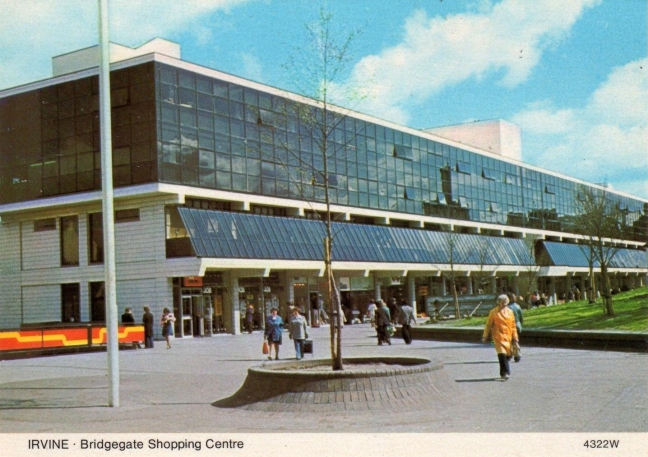
Irvine

Leamore

Letchworth

Leyland

Liverpool
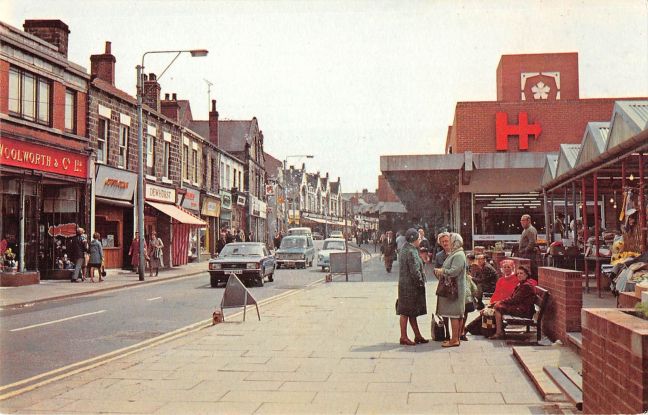
Mexborough



Milton Keynes

Nantwich

Norris Green

Plymouth

Runcorn

Sleaford

Southampton

Stockport

Swanley
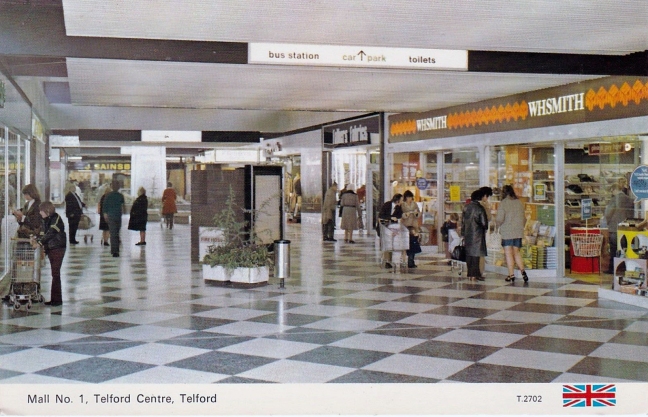
Telford
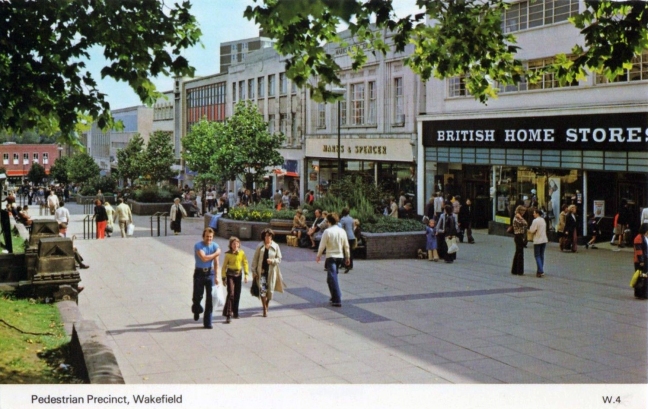
Wakefield

Walton on Thames

Westway – Frome

Wolverhampton

Worksop





